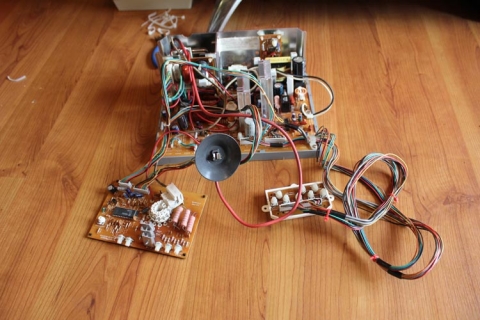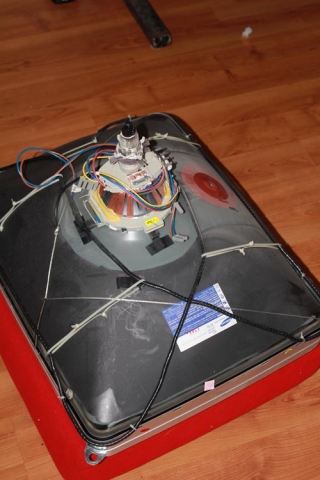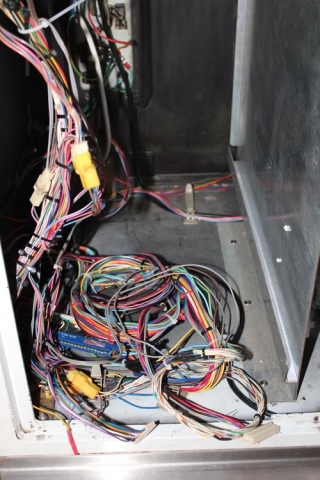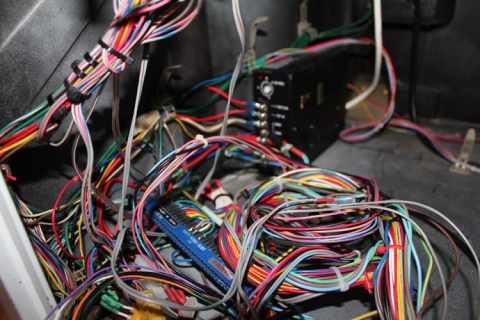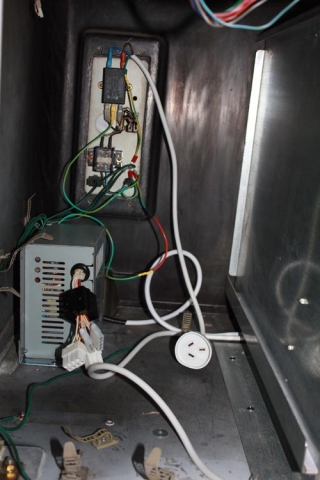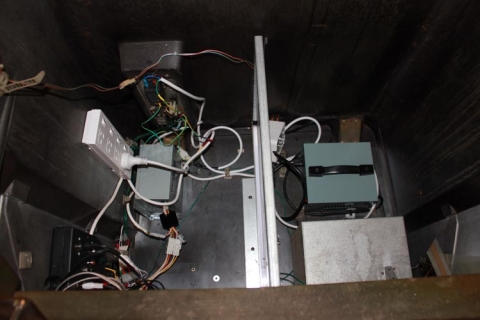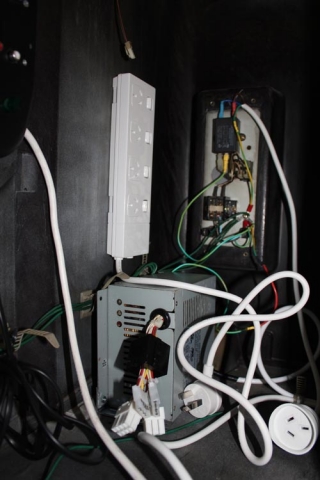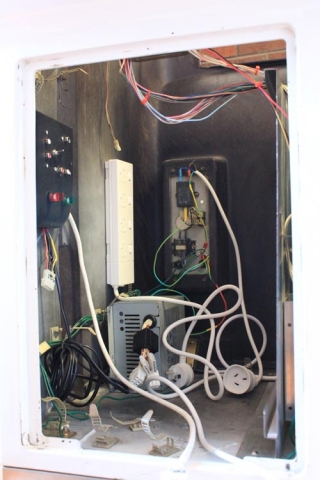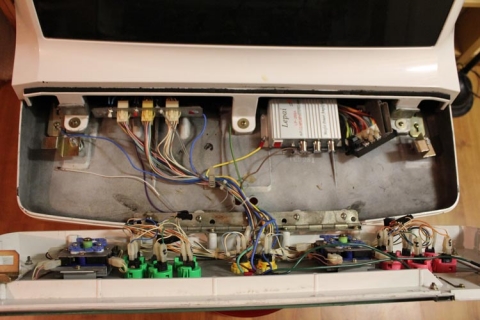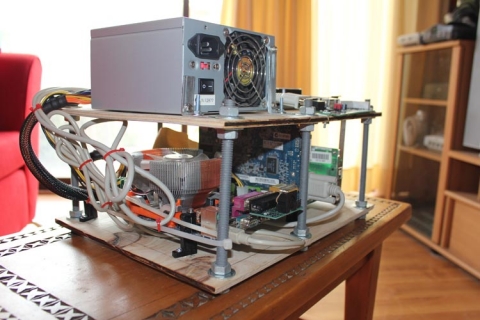Modding March, update 2
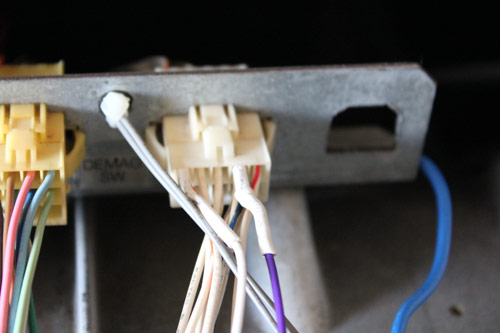
More modding news!
I’ve finished off the tweaks to my Astro City’s control panel, and I can now swap in/out P1 and P2’s respective fourth button off the JAMMA harness, handy for my neglected MVS (which is now in my cab, giving Marvel vs Capcom a much deserved rest).
I’ve also disassembled my XB360 to get the model number of the DVD-ROM unit (which I could have simply ascertained by checking the cable off the front with the faceplate removed, but I figured I needed to disassemble it anyways so went ahead with it regardless), added a bit of hot glue to my SMS2 to reinforce one of the screws holding the dual-mono audio plate on the rear of the machine and also took apart my A500 to remove the floppy disk drive as I’m looking at grabbing a HxC Floppy Drive emulator and mounting it internally on my system (something I think Old School Game Blog would appreciate given his huge knowledge and appreciation for Commodore computers!).
In addition, I’ve had confirmation that the replacement Saturn cart slots are on their way, and the 10mhz oscillator for the SMD is in the post as well. If all goes well, I should be able to get the whole list done within a couple of days of April 🙂
I’ve also started thinking of tidying up a couple of other console mods – fellow modder Mamejay has shared a circuit for getting extremely nice composite and s-video off a PAL Atari 2600 (adapted from an A2600 Jnr mod he’s been doing for a while), so I’ll grab some CD4050s to give it a whirl. I’m also toying with the idea of overclocking my PAL and Japanese N64s since I still have a couple of switches in my stash.
So, the revised list (which will take me into April) is as follows:
- Sega Mega Drive 10mhz overclock
- Sega Saturn cartridge slot transplant
- Atari 2600 AV mod
- N64 overclock (PAL and Japanese consoles)
With all of those done, I’ll definitely have caught up on my backlog!
I’ll be looking forward to reporting back on when these are finished, as it means I can get started on two larger projects I have planned for this year, but details of those are to come down the road!



